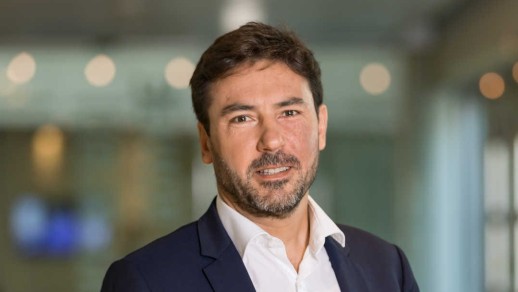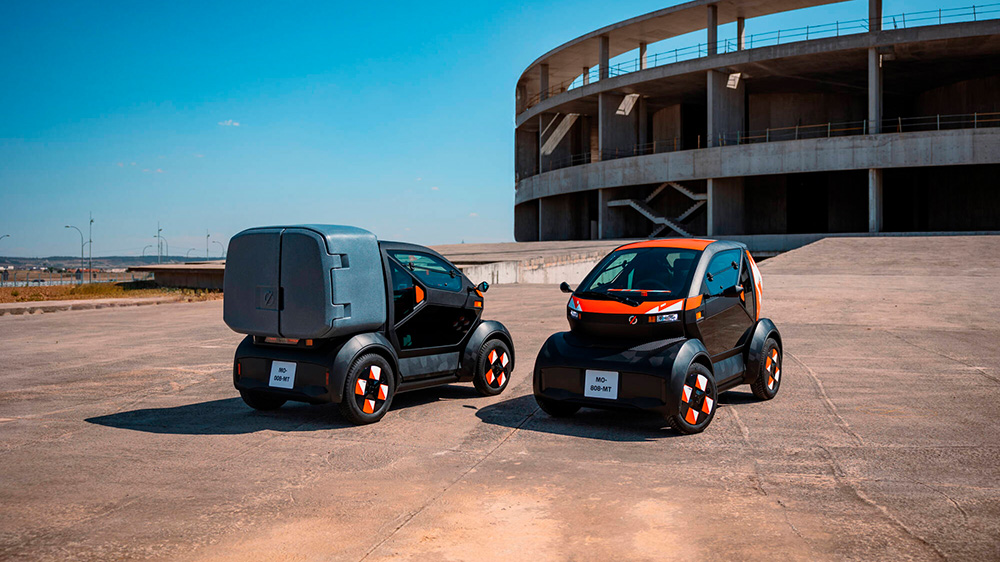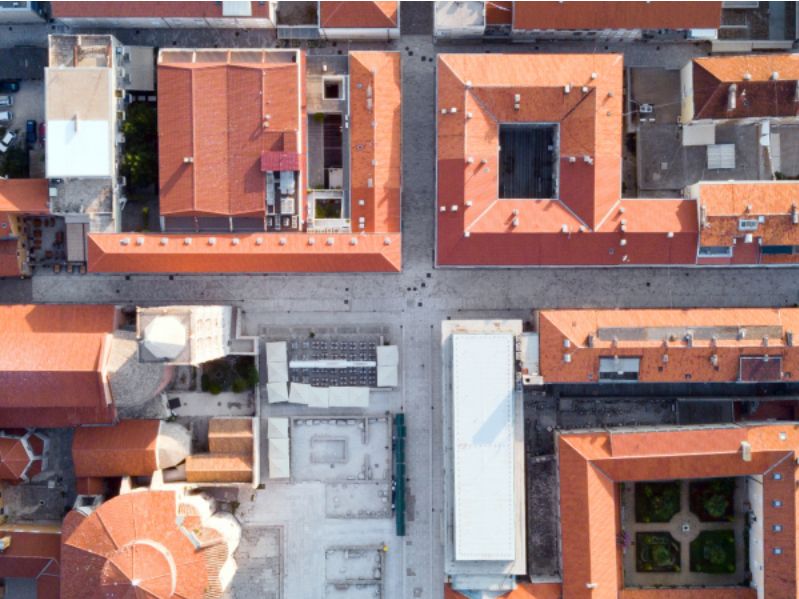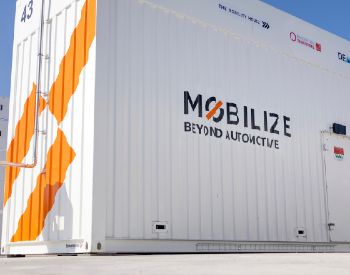“Second life batteries charge when the sun shines and the wind blows, so that no kilowatt of green — and free — electricity is lost!”
What’s your department’s role in the life cycle management or even the recycling of electric car batteries?
At Renault Group and Mobilize, we are responsible for batteries, from their use in the car up until the end of their lifecycle. This includes its financing by the customer, its guarantee, but also its repair if necessary, which takes place in the Renault Group Refactory in Flins.
After all that, i.e. after its life in a vehicle for automotive use, the battery still has an average recharge capacity of 70%… which is no mean feat! This is where the Battery Business and Operations Department comes in. We recover the battery and give it a second life, for many more years of use before the final stage of recycling.
What potential second lives does Mobilize find for Renault Group electric vehicle batteries?
A battery is often repurposed for stationary use, which requires less power than mobile and especially automotive use. A battery is often reused in private residences or in larger public buildings. For the most part, they are used to store energy from local solar panels or wind turbines. Batteries charge when the sun shines and the wind blows, so that no kilowatt of green — and free — electricity is lost!

We also use second-life batteries to boost certain electric vehicle charging stations. This is the case for quick-charging terminals along the motorway, which need a lot of energy over a short period of time. The operators of these terminals can therefore reduce their energy costs. Several such stations are up and running in Germany and Belgium, and we have recently announced the installation of battery containers associated with the Mobilize Fast Charge project: the new ultra-fast charging network in Europe.
There are also other applications for the electricity grid, including large-scale stationary storage systems called Advanced Battery Storage. Their goal is to manage the electric supply-demand balance in order to keep the network stabilised at 50 Hertz.
Finally, we even find second lives that keep our batteries moving! They power a refrigeration system on Kangoo and Zoe E-TECH Electric…, or even run electric boats.
Why should we give a battery a second life?
The main reason is to reduce the battery’s environmental impact. Instead of using the battery only for the life of the vehicle, it is given a second life of at least another 10 years. This makes it possible to postpone the need to recycle. In addition, the repurposed battery is often used to store green electricity, which favours the rise of renewable energies.
There is also an economic impact. This second life gives added value to the battery. This is important for making electric vehicles more and more affordable.
Companies that choose to buy a second-life battery from us are also getting a deal since they are paying about 30% less than they would for a new battery for stationary use. These are very robust batteries, designed in line with demanding specifications. Once the storage system has been developed, our batteries are immediately adapted to stationary mode.
What would be Mobilize’s most emblematic achievements in the field of second life batteries?
There are many, as we have seen! What is exciting is that our achievements concern applications on very different scales…
There are small-scale systems, such as the production of non-polluting generators, developed in partnership with the start-up betteries, from battery modules at the end of their automotive life, assembled in our Refactory in Flins.
There are medium-scale systems, such as the local electricity network in Belle-Île-en-Mer (France), designed by Morbihan Energies and Mobilize, which relies in particular on stationary storage in second-life car batteries to make maximum use of green electricity from solar panels.
And of course, there are large, even very large-scale systems such as stationary storage (which we call “Advanced Battery Storage”) with a capacity of almost 20 MWh in France and 3 MWh in Germany. Second life batteries are installed in several containers connected to the high voltage distribution network, to help it use as much green electricity as possible as soon as it is produced from renewable energy.
For Mobilize, the applications for energy storage in second life batteries from electric vehicles are therefore almost endless.






